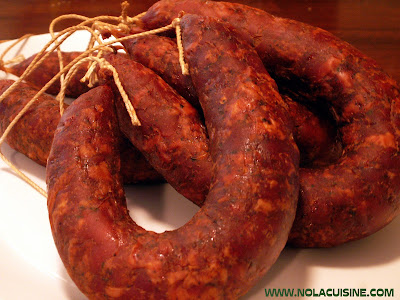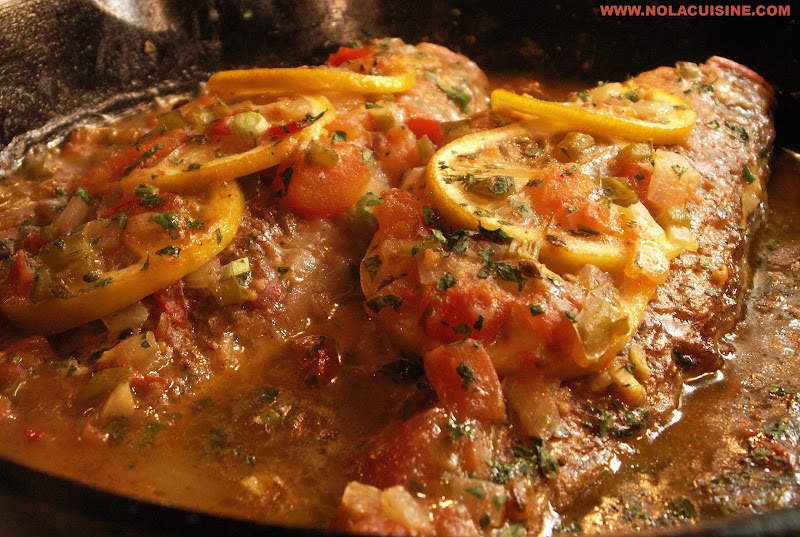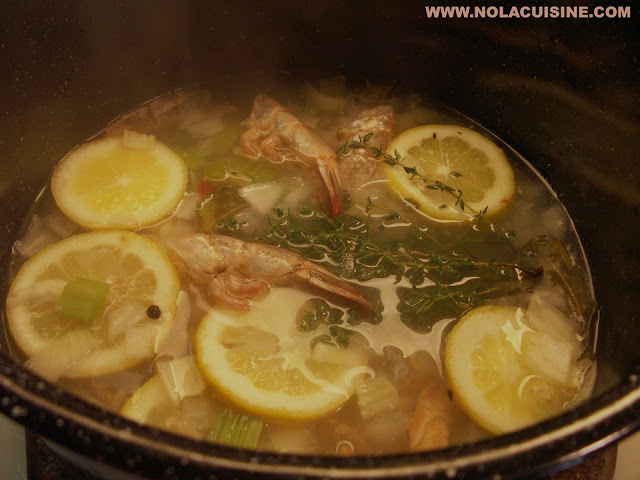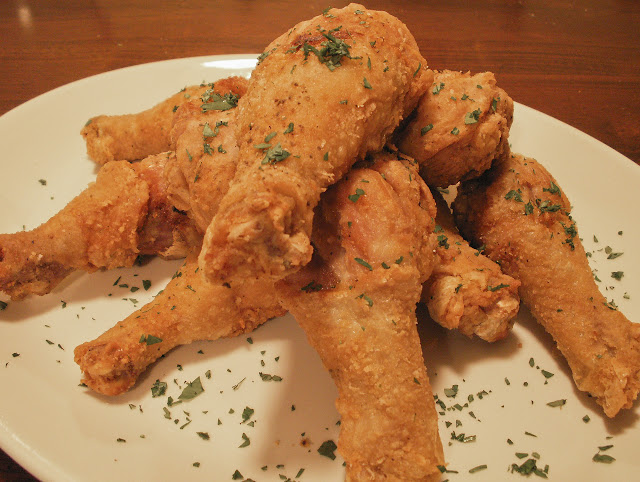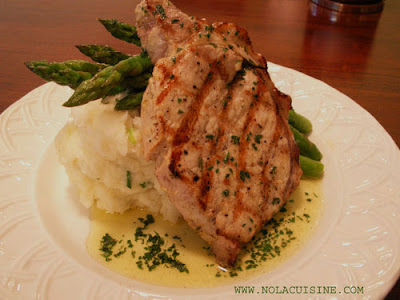Well it’s Fall again, and in my house that means it’s time to fire up the smoker and start bulking up the freezer with Andouille, Tasso, and other seasoning meats for Gumbo, soup and stew season. I love the smell of the crisp fall air, mixed with the smell of rich pecan smoke. It reminds me of campfires from my childhood, and unless you have fallen into one, I’m sure those are good memories for you as well.
I finished a fresh batch of Andouille on Sunday, and I’m thrilled with the results, so thrilled in fact that I had to whip up a batch of Chicken & Andouille Gumbo for dinner last night. Here is a pic of last night’s Gumbo.
For my last batch of Andouille I experimented with the smoking technique, doing a longer cold smoke which resulted in a denser more cured finished product. For this batch I hot smoked at a temperature of 160-180 degrees for about 3 1/2 hours with Pecan wood, which is in the Hickory family. Both techniques were successful, but I have to say I prefer the hot smoked product. I used the same recipe for both (My Andouille Recipe). Some details in the production of this batch that I think make it superior are the following:
* Instead of grinding the meat, I hand cut all of the meat into 1/4″ – 1/2″ cubes. I think this produces a much better texture.
* I poked the sausages all over with a toothpick. This allows for easy smoke absorption, and you can also get rid of any air pockets that are there from the stuffing process.
* I completely let the casings dry out before smoking. I cannot stress how important this step is. I wiped the casings dry with paper towel, then let the sausages hang in the refrigerator overnight. You will know that the sausages are ready for the smoker when you can see the meat clearly through the casing.
To see a real Louisiana professional make Andouille, check out Jason Perlow’s Wayne Jacob’s Andouille post at Off The Broiler. Jason is doing God’s work over there, or the Devil’s work if you happen to be on a diet. 🙂
Be sure and check out my ever growing Index of Creole & Cajun Recipes!
Related Posts:
Andouille Sausage Recipe
Chaurice Sausage Recipe
Tasso Recipe
My post about Jacob’s Andouille
How to link Sausage Recipe


